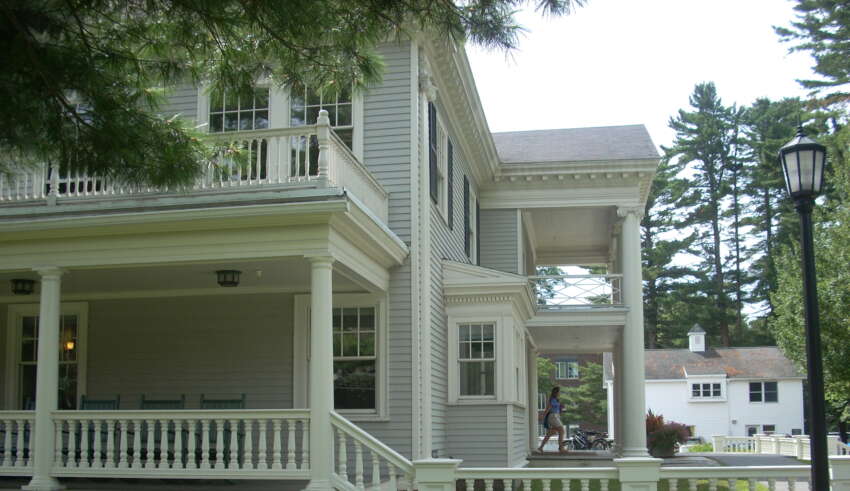
Under the guidance of God and his scriptures, the early settlers of New England could fully justify their colonist imposition of a theologically based order on the “wilderness” of the land they now occupied. Worth and Order became intertwined. In many ways, this is still the case. Living in a challenging world of volatility, uncertainty, complexity, ambiguity, turbulence, and contradiction (VUCA-Plus) (Bergquist, 2025), it is easy to understand why Order might still be “worthwhile.” We don’t need a John Calvin to find reassurance in the belief that “God” (or some powerful authoritarian leader) while soon restore the Order (Weitz and Bergquist, 2024)
Social Class
Part of the order being imposed on the emerging New England society concerns social class. Much as in England, a rigid social class was soon established, with Boston serving as the hub of commerce and as the site of upper-class mansions and high society (what was to be called the gathering of Boston Brahmins). A highly successful enterprise was engaged in this setting. Cotton was transformed into cloth.
Other major enterprises complemented this milling enterprise. These included maritime operations (shipbuilding, fishing, and oceanic transportation) and the extraction of natural resources (primarily growing crops and cutting down trees). God’s plan was fully in place. Those who thrived in the Brahmin economy had received God’s grace. They were “Worthy.” Other members of the New England communities were less fortunate. Under God’s plan, there was little hope of someone moving to a higher social class. Societal order required class stability. Order trumped upward mobility.
As Max Weber (1958) noted, the emerging capitalism of New England (borrowed from Old England) could be justified by God’s orderly pre-destination clock. This clock, however, got rattled around a bit when immigrants arriving in New England came from Catholic countries—particularly Ireland. They were neither aligned with the English culture nor Protestant. These immigrants didn’t belong in “New England” (which probably should have been called “New Britain” since all the British Isles were now represented in New England). Those coming from Ireland might not have fit in; however, John Knox’s Presbyterian religion was to be established in New Britain by immigrants from Scotland. Many Lutherans also arrived from Germanic countries (though most of these immigrants soon left for regions west of New Britain). Catholics could find a home during these early years of Euro-American life only in regions of the United States toward the South (particularly Maryland).
What was to be done with these newcomers who were not necessarily conversant with or accepting of God’s plans as conveyed by John Calvin and his followers? There were several options. These people could be declared unfit for life in a decent society. This would leave them isolated (often contained in ghettos) and subject to discrimination in hiring practices, eligibility for political office, and accessibility to health and other human services.
There was a second option. These people could be offered the false promise of upward social mobility. They would be allowed to find work in factories where “decent” people could toil in exchange for the prospects of moving up in the world of New Britain. This second option was offered initially by those who founded the mills, as we will see when telling the tale of the Mill Girls of Lowell, Massachusetts. Worth was coupled with the prospects (myth) of upward mobility: “I might not be Worthy right now, but I can become Worthy if I work hard!”







